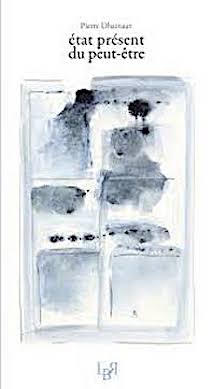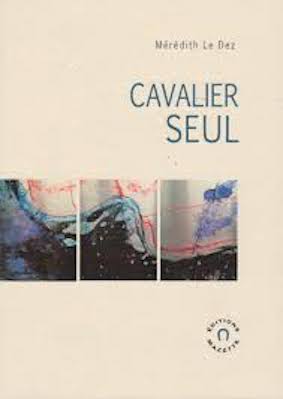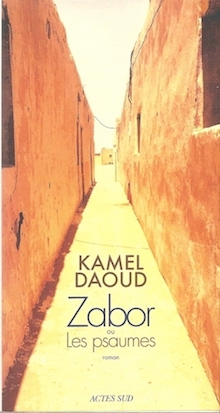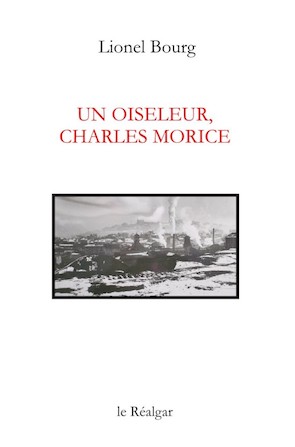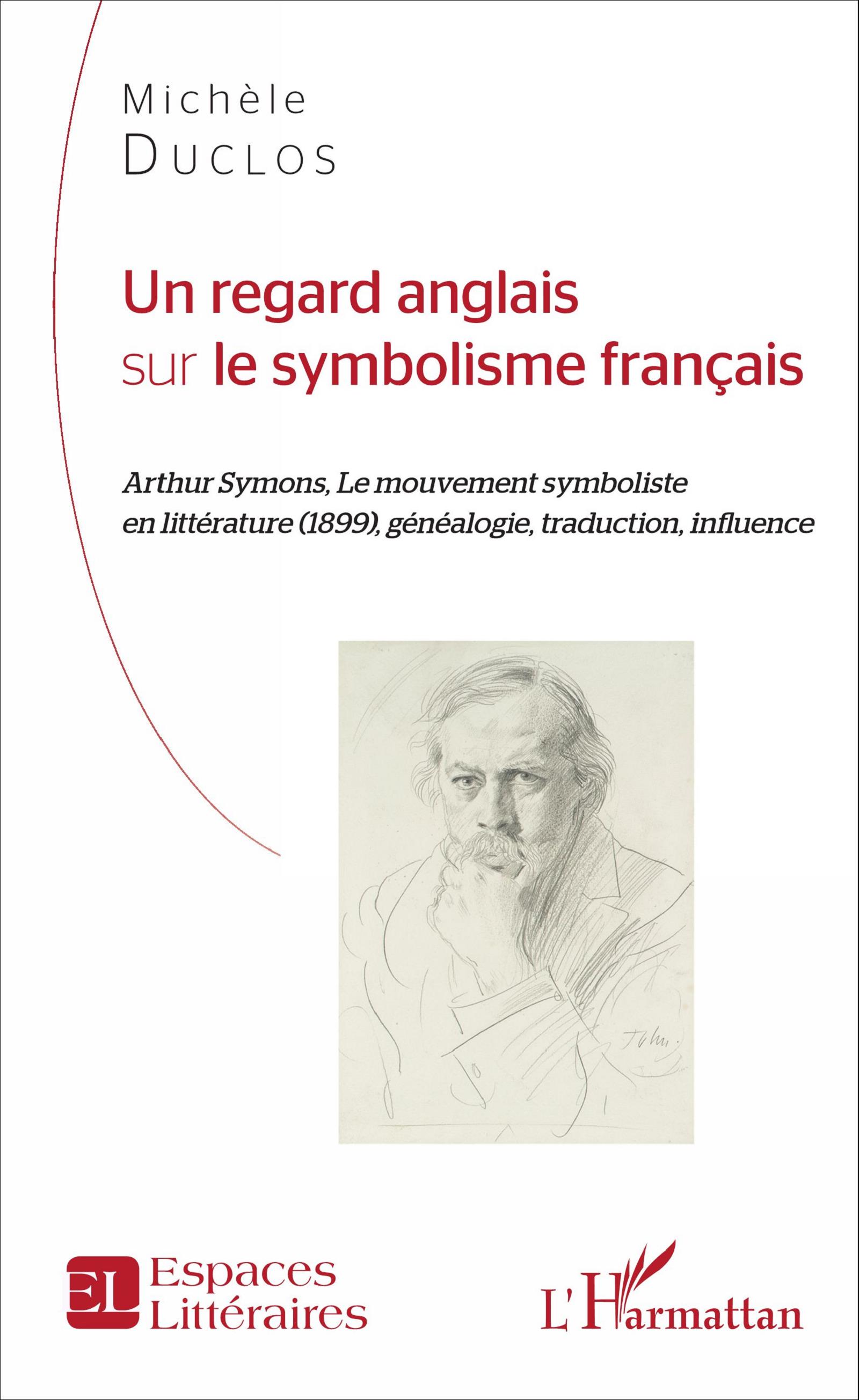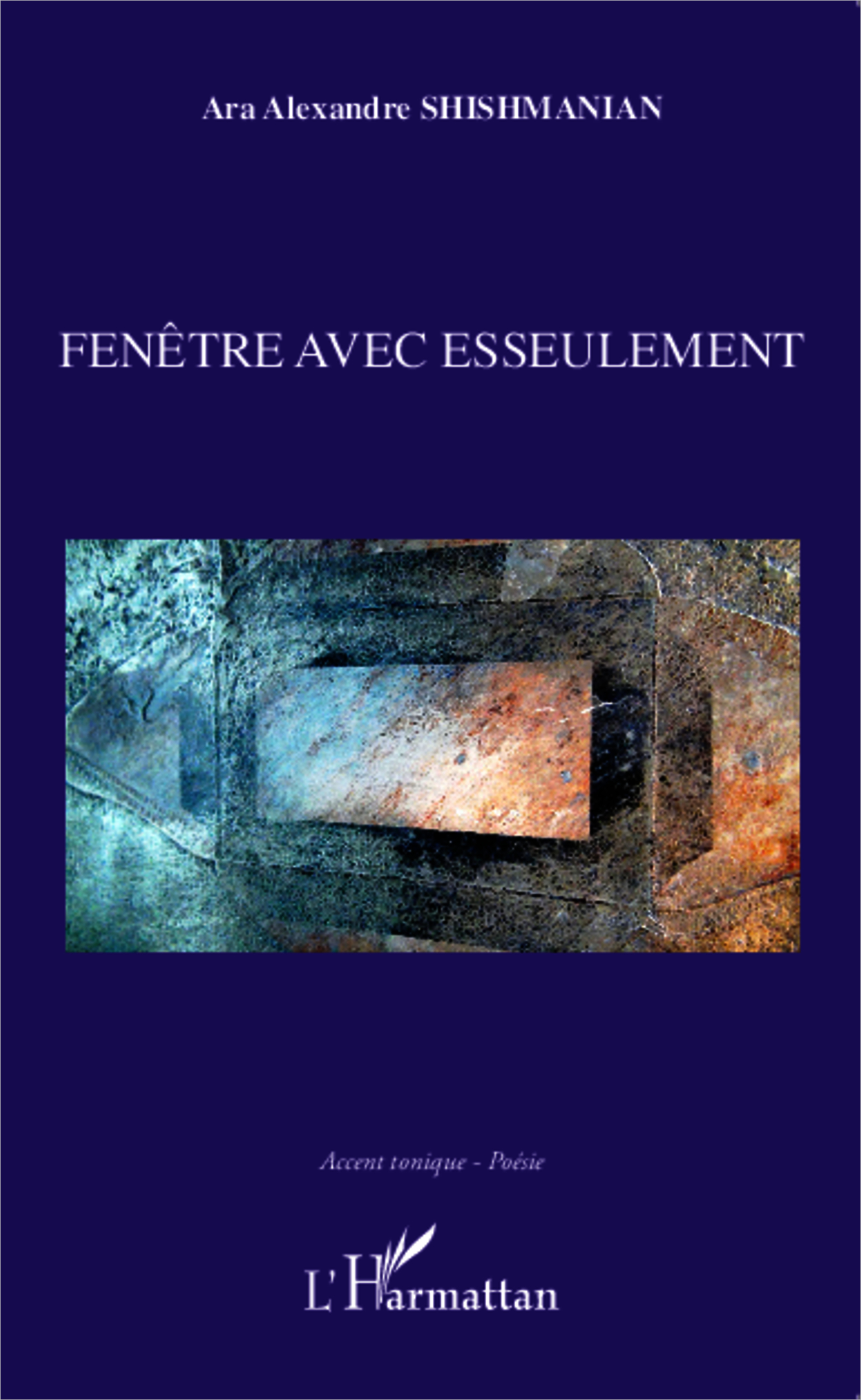There is, I believe, this general misconception that somehow America has great poets, but that poetry is not part of American pop culture.
I had a privilege of having been student of, befriending, interviewing, writing about, even translating into Serbian, a number of older generation American, in this case all New York poets, who were either popular bards such as Allen Ginsberg, or had a more academic tasks of popularizing poetry on campuses and as Poet Laureates, such as Mark Strand and Charles Simic, or, as both Poet Laureat and the Nobel Price Winner, Joseph Brodsky, who was globally popular and was popularizing poetry by being a spiritus movens behind New York subway “Poetry in Motion” project. Still the misconception prevails.
After living in New York for over two decades I can assure you that the scene in New York seems to prove the opposite — poetry is vibrant in exactly pop culture way. The present hip trend of café recitals pretty much started with Allen Ginsberg’s performing poetry in the 60s until his death. One of his last public readings was at New York University Poetry Slam in 1987, shortly before his death. He also introduced me in the 80s to the Nuyorican Poets Café — the granddaddy of today’s poetry slams. in 1973 it hosted the first poetry slam ever in New York City in 1989, and 20 years later is still going strong.
This is to say that New York poetry scene puts misconceptions of poetry as an aloof, academic, high brow enterprise, pretty much at rest. Poetry readings in New York take place in cafes, bars and rock clubs, and the young public is there not only to listen to poets but to interact with them. Those New York poets of today who follow the example of the late Allen Ginsberg, or who re-discovered Patti Smith and other popular bards of the recent past, are as much entertaining as they are engaging. The neighborhoods, which feature the highest concentration of poetry events — the Lower East Side in Manhattan and Williamsburg in Brooklyn, along with Ridgewood and Bushwick — also are neighborhoods where a lot of up-and-coming bands and emerging artists are active. This interdisciplinary spirit is not new to New York — poets and visual artists were almost inseparable in the 30’s and 50’s, while in the 60’s they grew close to folk and rock musicians. Today the proximity to hip-hop is evident.
It is the poets who are still following the more literary roots and especially those modernist strictures that seem to remain locked in academic circles and rarely manage to engage wider audiences. But, even this endangered spices have found a way to survive and thrive in the the internet era in a kind of renaissance of literary magazines in print that are estimated now to be in thousands – 2,800 to be exact. Print admirers treat them as art objects themselves.
Not to mention the unlimited global reach and potential, the vitality, the fierce newness of on-line literary magazines such as the one I am writing this for.


